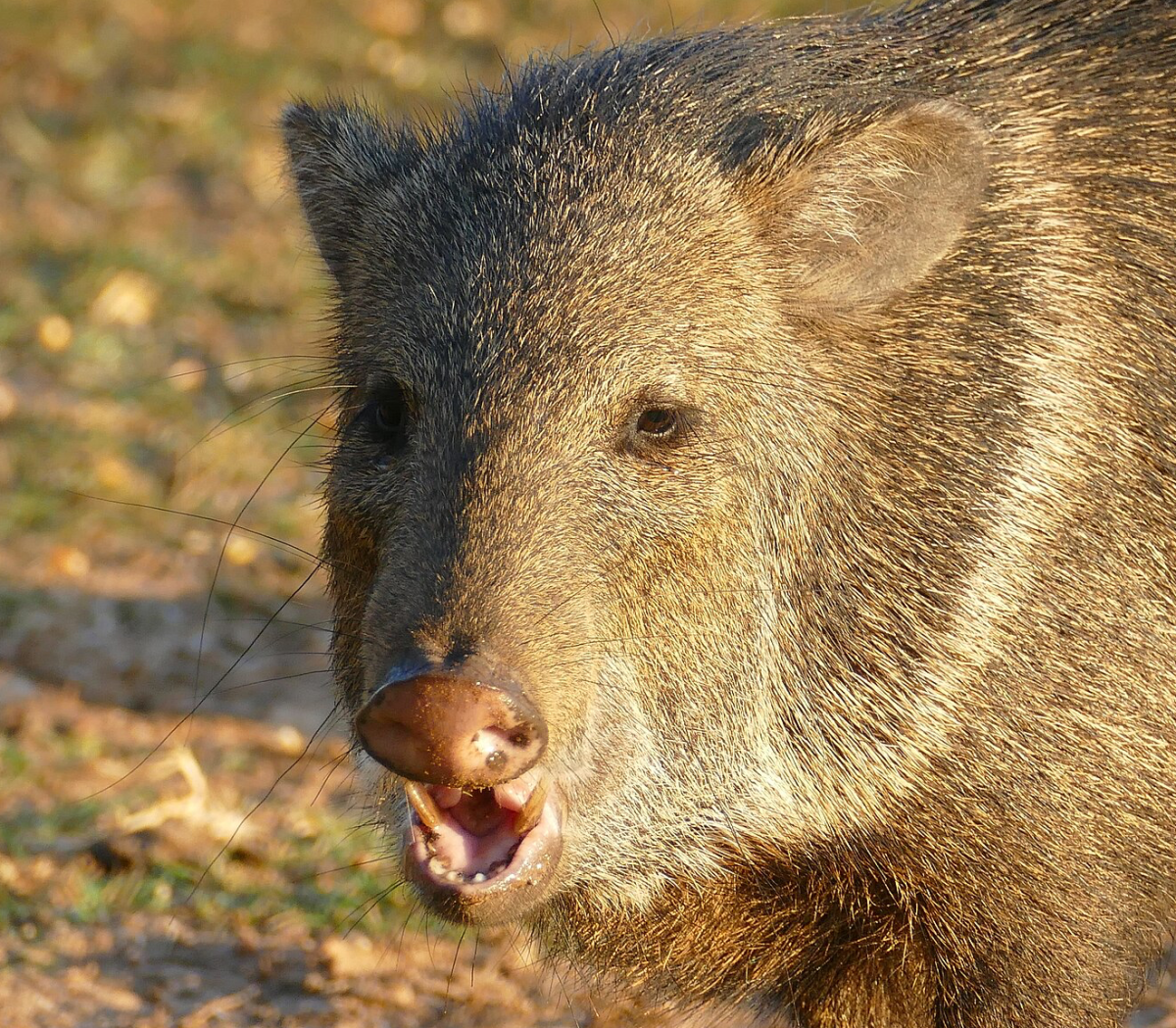
We recently brought you news of squadrons of hungry javelina destroying a golf club in Sedona, Arizona in search of delicious worms.
CNN reports today that this Fall 2023 reign of terror (from the perspective of the Seven Canyons golf club in Sedona, Arizona)—or chaotic revenge (from the perspective of the hungry and thirsty javelina and all of their #TeamJavelina fans)—might soon be over. CNN explains that while the javelina may soon stop digging up the turf, Seven Canyons has already racked up a huge bill:
As falling temperatures push the worms deeper into the soil, edging them out of range of the javelina’s keen sense of smell, there is hope that Seven Canyons has endured the worst of the assault; yet financial scars will endure.
The club will have spent between $150,000 and $300,000 in labor costs by the time the javelinas back away, Bisbee estimates, with a further $50,000 to $75,000 spent on additional seed, turf growth blankets and other restorative equipment.
Folks across the internet on #TeamJavelina won’t shed many tears for the golf club, though. My response? This piece I found from Salon staff writer Rae Hodge perfectly captures my feelings about the matter. Behold their beautiful—nay, utterly majestic—prose:
She’s an eco-vengeance iconoclast who loves coyote pee and running at manic speeds. She’s an unstoppable chaos queen with a stink-nipple on her butt, who turns luxury Arizona golf courses into free range charcuterie boards for her grub-worm girl dinner. She’s a guerilla class-warfare legend whose mating call sounds like the hissing warb-garble of a cappuccino machine milk-steamer. She’s the internet’s most beloved trash-eating ungulate — the uncompromising, the indefatigable, the lovely javelina.
Hodge also explains why the javelina are so hell-bent on destruction. They’re hungry and thirsty because of drought conditions in Arizona and because golf courses like Seven Canyons divert groundwater for watering their turf, and in the process deprive local fauna of the water they desperately need:
In 2021, the Arizona Republic found that across the state’s 219 golf courses, the average water use per course came out to about 450,000 gallons per day. That water is drawn from not only the Colorado River basin (which has seen better days, to say the least) but from groundwater sources — a sticking point in the state’s regulatory debate, and a much needed water source for the natural habitats of endangered local fauna.
The javelina are spurred on by a hunger-causing drought, seeking grazing greens and grub-worms on the course because it was carved out of the animals’ home turf. With less than 2 inches of rain this year in the Sedona area, the javelina are on a survival mission for food, compared to their relative quiet last year when the area saw up to 18 inches of rain.
2023 isn’t the first year the Seven Canyons has dealt with javelina. Again, Hodges:
Five years ago, during a particularly tough summer, the skunk pigs were running amok like they are now — sporting territory-marking scent glands on their rumps, which produce pungent odors from a nipple-like protrusion that humans can smell downwind. Seeking to drive them off, the club sprinkled granules of coyote urine around the course.
But did that stop the javelinas? Hell no. These little freaks absolutely loved it. The skunk pigs went berserk after doing bumps of coyote piss at the club, and then ran roughshod through a top-25 course that venerable sports publication Golf Digest ranks among the best in the country. Iconic.
What’s to be done? Well, if golf clubs don’t want hungry javelina messing up their turf, they should stop hogging so much water in the middle of a desert. Otherwise, Hodges states:
“These untameable trash-baddies are here to stay. Slay on, queens. Slay on.”
This post was originally published on this site be sure to check out more of their content.






